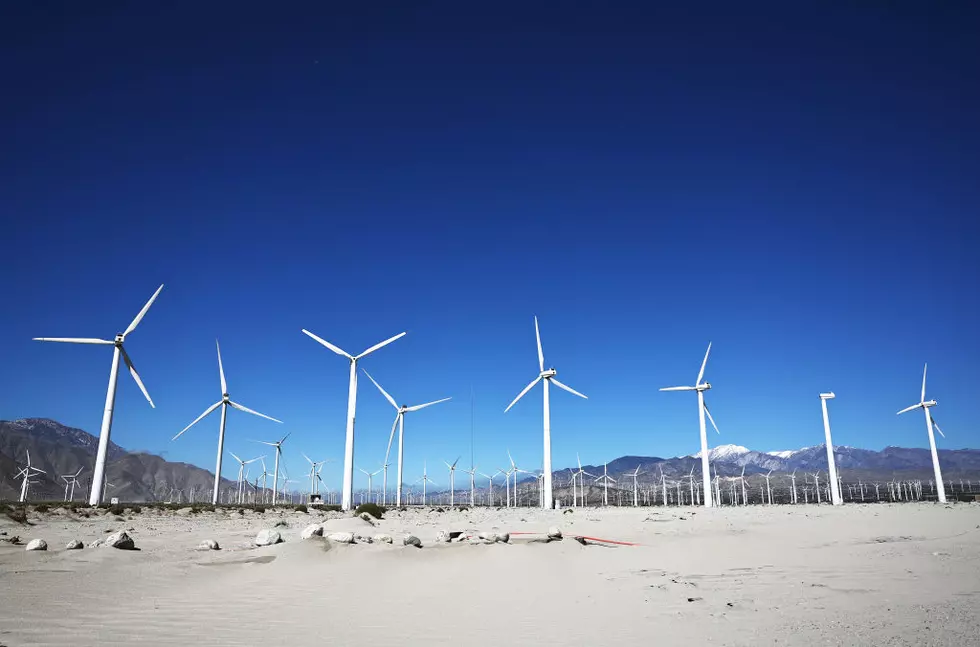
Residents Oppose, Some Officials and Unions Support Wind Farm
If the future of a proposed massive wind turbine project for the Horse Heaven Hills area down to Finley comes to comments from citizens, it won't make it.
During a Tuesday evening meeting at the Benton County Justice Center, numerous adjectives were used by some, calling it among others, "butt ugly."
Scout Energy of Colorado has been pursuing a massive project that would put as many as 235 turbines between Finley and down the spine of the Horse Heaven Hills. Since last October, opposition has been building, especially the group saveourridges.org.
During the meeting last night, it was learned there are two proposals. One would put 244 shorter turbines, about 500 feet tall, the other would have fewer (around 150) but would be 670 feet tall.
Most of the residents and citizens who signed up to speak or comment oppose the project. Some area union officials and developers believe the project would result in a lot of jobs for the area; but opponents say it would hurt real estate values. Some questioned who would want to buy land or homes in the area if it's developed, with giant turbines everywhere.
Some even quesitioned the night time lighting, as the turbines are required by the FAA to have certain safety lighting for airplanes. They said that many turbines would create an unsightly mass of winking, blinking lights are night, which are often seen for miles.
Benton County Commissioners didn't offer an official opinion on the project, but they will not have the final say. That will be up to the Washington state Energy Facility Site Evaluation Council.
They, and Gov. Jay Inslee, will have the final say on the project. So far it has not formally been permitted or any official development started.
One of the reasons for so many wind farm projects is because of our 'breezes.' In the meantime, see these weather situations that didn't go so well.
LOOK: The most expensive weather and climate disasters in recent decades
More From 870 AM KFLD









